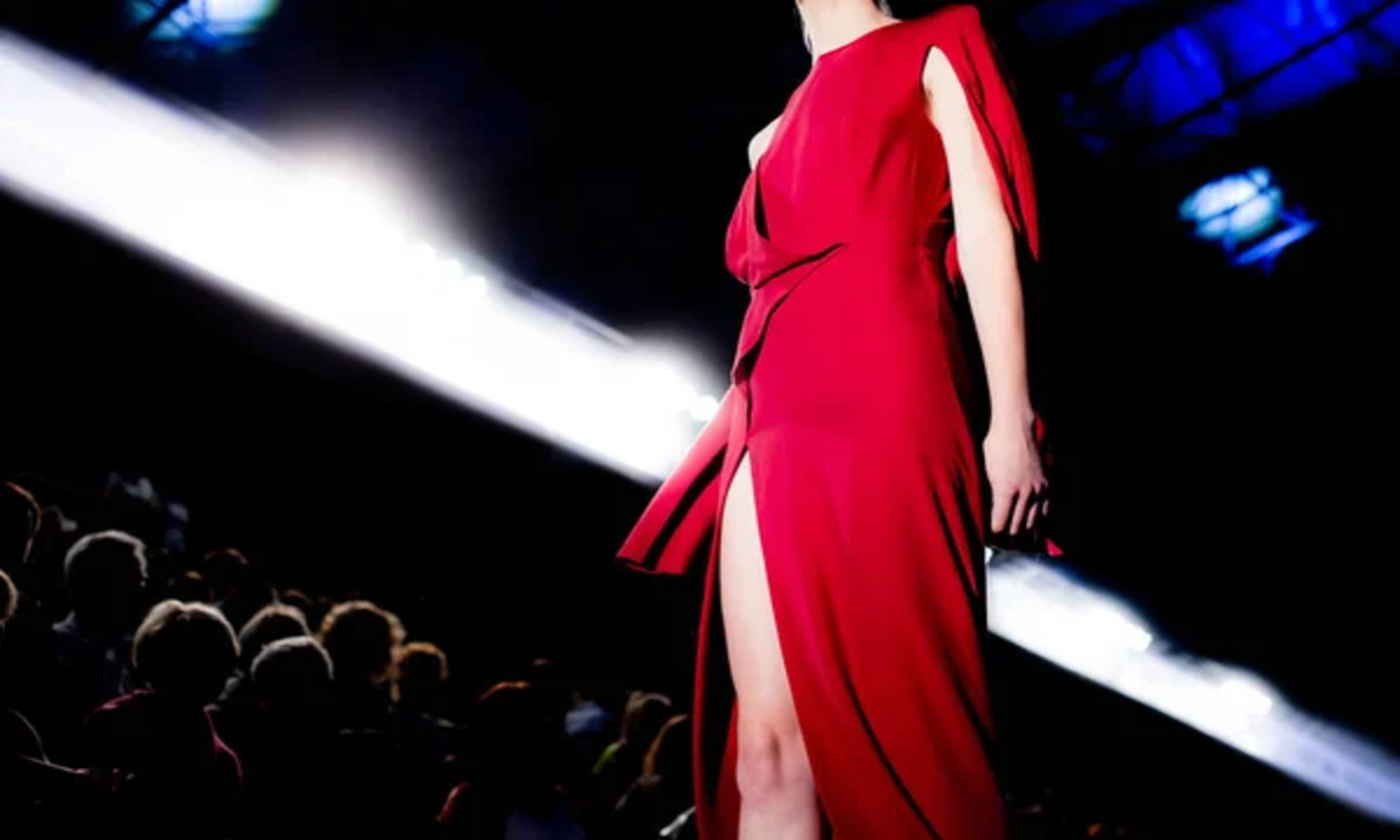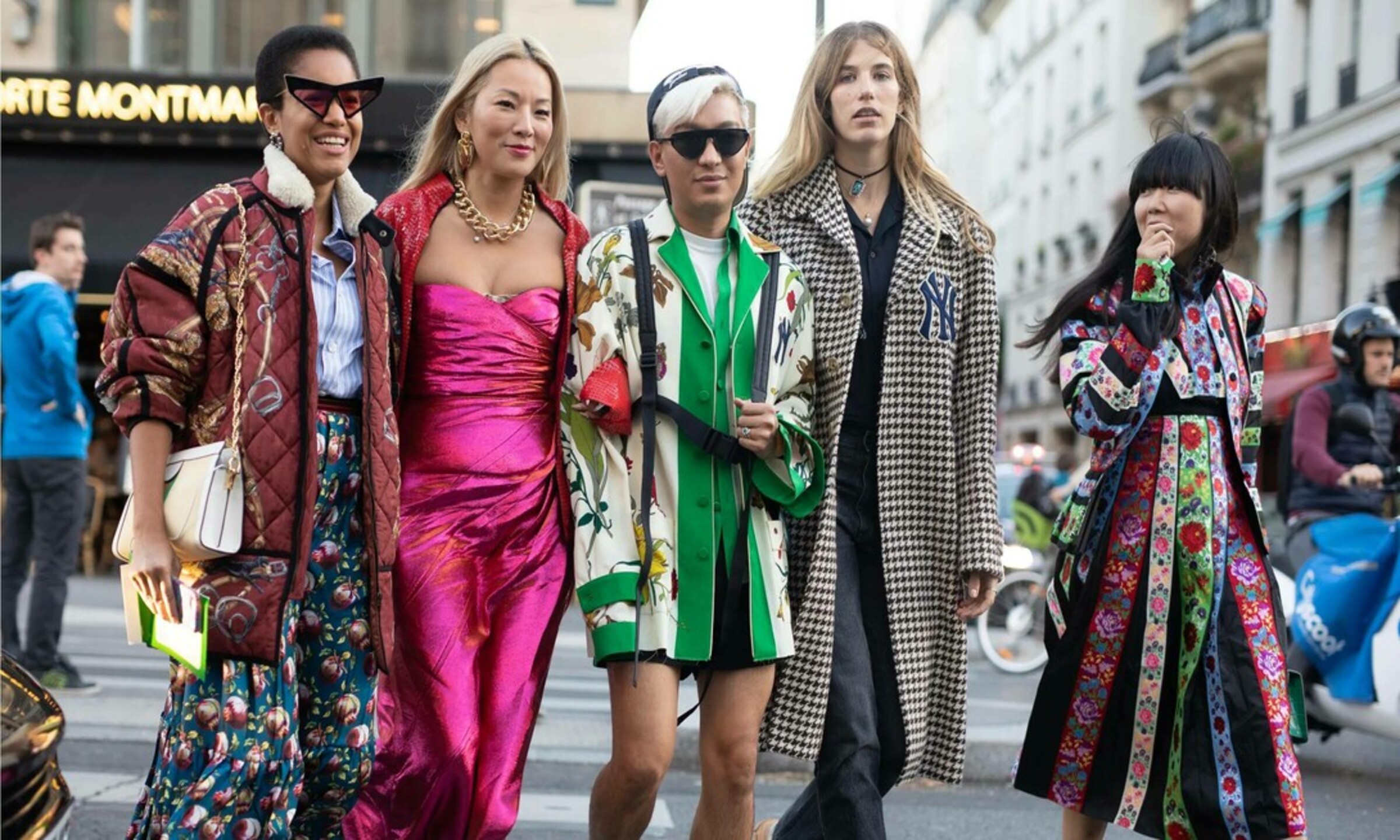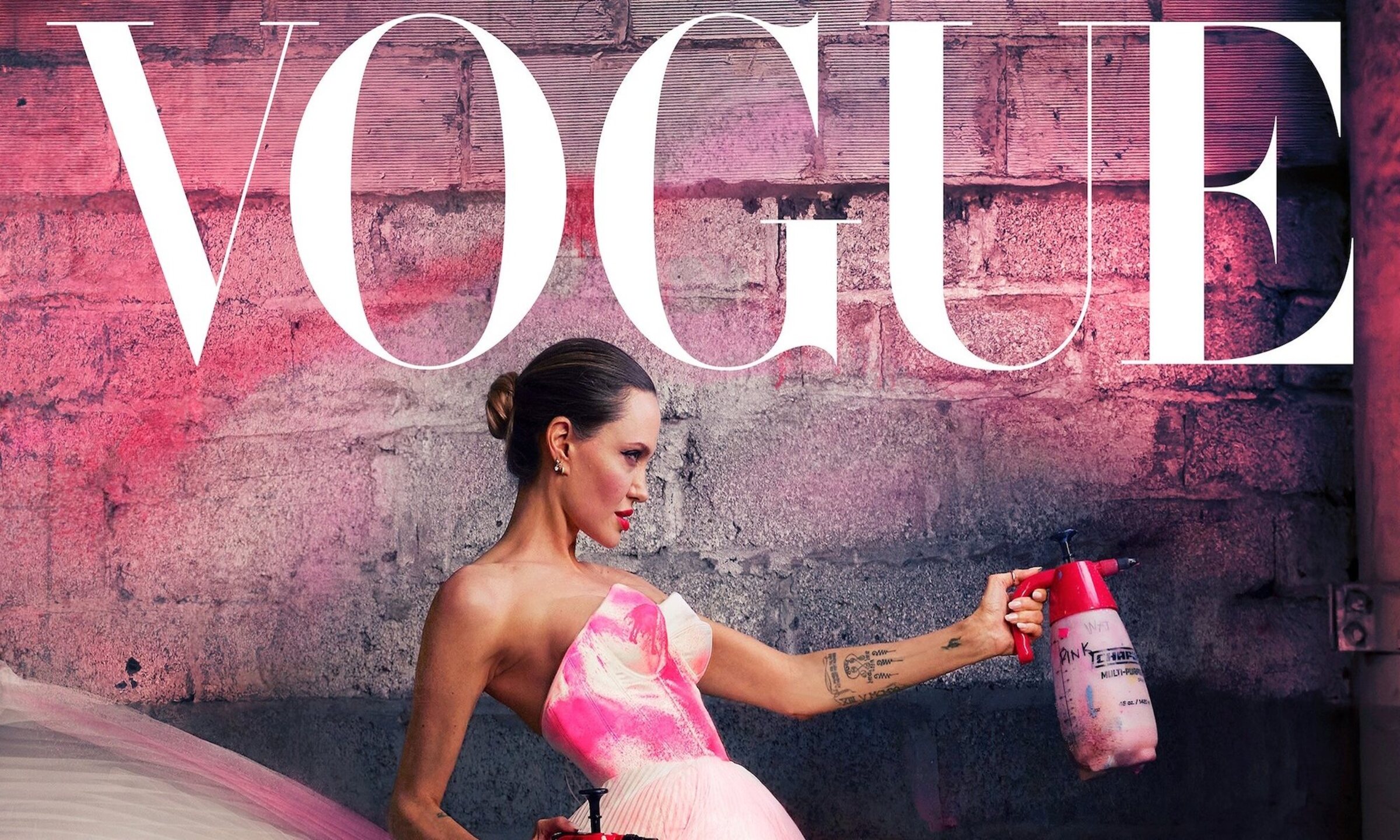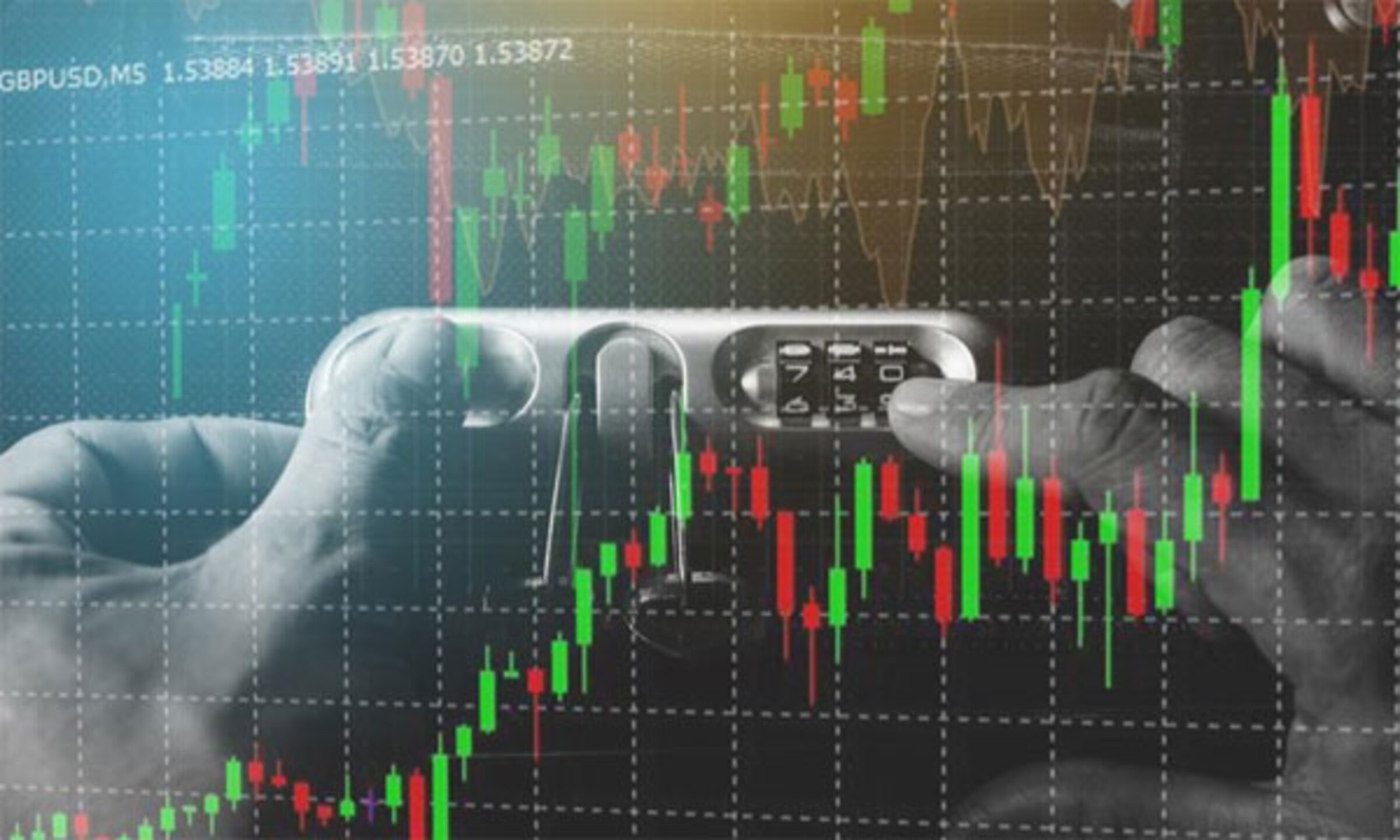The world of fashion is not just confined to the catwalks and wardrobes of style-conscious individuals; its influence permeates various facets of the economy, extending its reach even to the fluctuating dynamics of foreign exchange markets. This article delves into the entwined relationship between fashion trends and Forex trading, revealing how the shimmer of the fashion industry isn’t limited to the surface glitz—it impacts the core of financial markets. From chic currencies responding to style shifts to sophisticated investors leveraging fashion data for profitable Forex trades, the connection is both intricate and profound.
Fashion Fuels Forex: A Trendy Tie-In

The high-paced energy of the fashion industry is mirrored in the equally dynamic world of foreign exchange. As fashion trends spread globally, they often trigger economic responses that are felt in currency valuations. Design houses and retail brands, represented across the world, create waves of financial activity as they pivot to meet new trends. This activity can directly affect the currencies of countries that are fashion industry leaders. In turn, Forex traders keep a keen eye on fashion capitals like New York, London, Paris, and Milan, understanding that:
- Major fashion events can translate into substantial trade and investment flows.
- Consumer spending on the latest trends spurs retail currency movement.
- Luxury brand performance can hint at broader economic health, influencing Forex.
- Currency values may fluctuate in accordance with international fashion retail seasons.
- Fashion mergers and acquisitions stir significant capital exchange.
- Fashion-forward countries often see stronger currency performances during peak industry activity.
Chic Currencies: Style’s Market Impact

Currency markets resonate with the vibrancy of the style world, often finding themselves swayed by the fortunes of the fashion sector. The currencies of nations that harbor fashion hubs tend to be especially sensitive to shifts in industry success. Consider the Euro, closely tied to the fashion fortunes of cities like Paris and Milan. When the fashion industry thrives:
- Demand for luxury goods climbs, bolstering the Euro.
- European fashion companies’ increased activities can drive up regional currencies.
- Events such as Fashion Weeks can lead to temporary spikes in tourism and retail revenue, affecting exchange rates.
- High-end fashion branding can reinforce perceptions of a country’s economic strength.
- Collaborations between fashion giants and local designers have the potential to influence foreign direct investment.
- The emergence of new fashion hotspots can alter the geographical focus and strength of chic currencies.
Runway to Trading Floor: Fashion’s Forex Flux

Businessman analyze sales data and graph economic growth. Planning and business strategy Analysis of forex trading Finance and banking. Digital marketing technology.
The catwalks serve as a barometer for impending Forex fluctuations. Just as designers look to forecast the next season’s hottest styles, traders scrutinize fashion industry reports, earnings from luxury conglomerates, and retail sales figures to predict currency movements. The interplay between fashion and Forex can be seen in:
- Currency spikes correlated with positive luxury goods reports.
- The Yen’s response to the performance of Japan’s prominent fashion industry.
- The influence of American fashion trends on the strength of the US Dollar.
- British Pound valuation shifts in accordance with UK fashion retail outputs.
- Changes in import/export tariffs impacting global fashion supply chains and currency rates.
- Forex volatility during global fashion events that command international attention.
Dressed for Success: Forex Follows Fashion

Forex traders often have to dress for success by aligning their strategies with the ever-evolving fashion industry. A deep understanding of the economics behind fashion can yield significant advantages. For instance:
- Successful fashion marketing campaigns can forecast heightened consumer spending.
- An uptick in sales during holiday shopping seasons can augur well for a nation’s currency.
- The cross-border expansion of fashion brands might signal a bullish trend for their home currency.
- A downturn in fashion industry metrics could presage economic contraction, suggesting a bearish Forex position.
- The unveiling of new technologies in wearable fashion can disrupt markets and affect forex.
- Sustainability in fashion—brands going green can attract investment, thereby affecting their home currencies.
Vogue Valuations: Style Shapes Exchange

Exchange rates experience fashion’s ebb and flow distinctly. A designer’s commercial success or a trend’s international adoption can lead to shifts in valuation. In this scenario:
- High-end brands influence perception of economic vigor, reflected in currency strength.
- Export success of fashion goods translates into positive trade balances, bolstering currency stability.
- Local currency depreciation can make fashion exports more competitive, further influencing Forex.
- Global economic integration means a fashion hiccup in one region can send ripples through Forex markets.
- Economic policies influenced by fashion industry lobbying can sway currency stability.
- Online fashion retail growth across borders has opened new fronts in Forex speculation.
Trendsetting Trades: Navigating Style-Driven Forex

Navigating the Forex market with a style lens requires both an eye for fashion and a knack for economic analysis. Traders who capitalize on fashion’s influence on currency must:
- Continually monitor trend reports and fashion industry news.
- Understand cultural shifts that may affect fashion consumer behavior.
- Anticipate the economic impact of major fashion events and product launches.
- Stay updated with fashion brand earnings and their correlations with currency strength.
- Leverage social media and influencer trends that may drive short-term currency moves.
- Be agile in adjusting trading strategies to align with the rapid pace of fashion changes.
Comparison Table: Major Fashion Capitals and Their Impact on Forex
| Fashion Capital | Currency | Notable Influence on Forex Markets |
|---|---|---|
| New York | USD | New York Fashion Week, major brand headquarters, and consumer trends |
| London | GBP | London Fashion Week, luxury brand performance, and design innovation |
| Paris | EUR | Haute couture shows, luxury goods exports, and influence on Eurozone economic indicators |
| Milan | EUR | Milan Fashion Week, Italian luxury fashion influence, and trade show impacts |
| Tokyo | JPY | Japanese street style influence, major brand influence, and Asia-Pacific economic shifts |
In conclusion, the fusion of fashion and Forex markets is a testament to the interconnectedness of global industries. Understanding the nuanced threads that stitch these two seemingly disparate fields together equips investors and traders with a holistic view, allowing them to navigate the forex markets with an added layer of insight. As fashion continues to innovate and interface with economies worldwide, its role in the realm of Forex could prove to be not just a trendsetter but a true market mover. With the right blend of stylish acumen and financial savvy, traders can transform style trends into successful investments.

